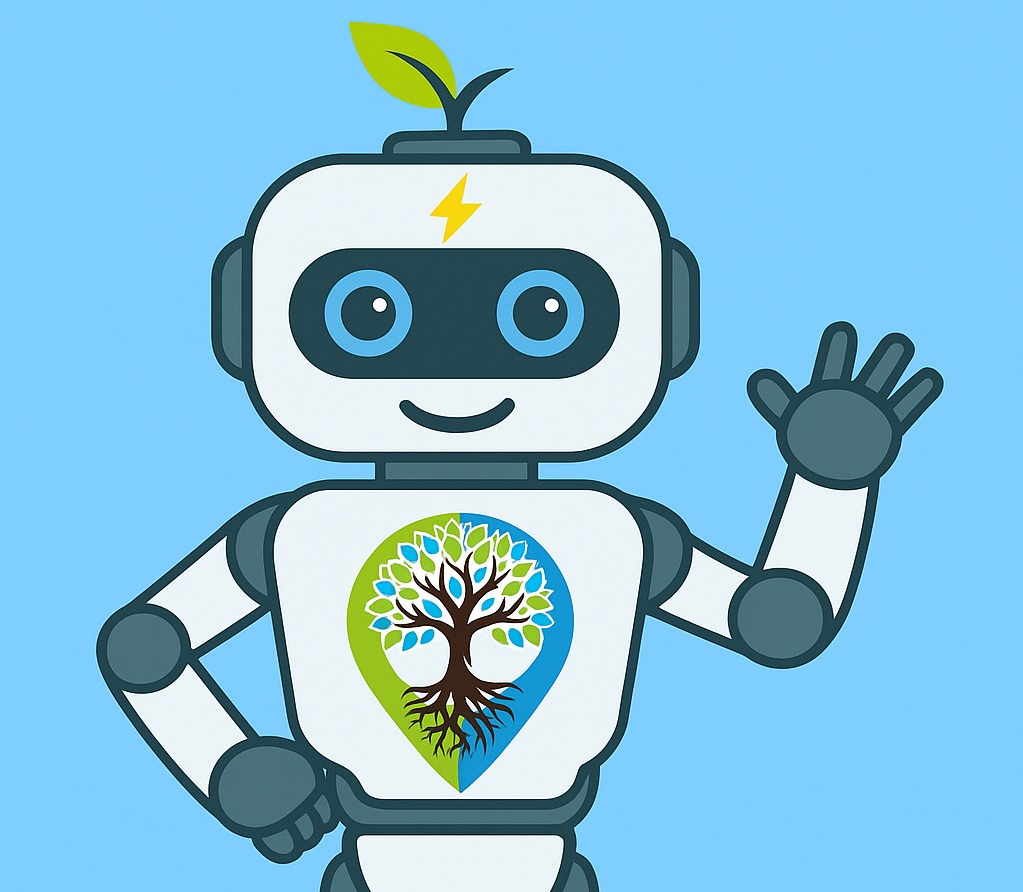Down syndrome, or trisomy 21, is a genetic condition that occurs when a person has an extra copy of chromosome 21. This additional genetic material leads to developmental changes and physical characteristics that vary widely among individuals (Bull, 2011). As one of the most common chromosomal disorders, Down syndrome affects approximately 1 in 700 babies born each year, with advances in medical care and early intervention significantly improving quality of life and life expectancy (CDC, 2020). This article explores the causes, characteristics, and health impacts of Down syndrome, as well as strategies for support and inclusion.
Keywords: Down syndrome causes, Characteristics of Down syndrome, Down syndrome health challenges, Types of Down syndrome, Early intervention for Down syndrome, Down syndrome support strategies, Cognitive development in Down syndrome, Physical traits of Down syndrome, Down syndrome life expectancy
1. What Causes Down Syndrome?
Down syndrome is primarily caused by the presence of an extra chromosome 21 in an individual’s cells. There are three types of Down syndrome:
- Trisomy 21: The most common form, affecting about 95% of individuals with Down syndrome, in which every cell in the body has three copies of chromosome 21 instead of the usual two (CDC, 2020).
- Translocation Down Syndrome: Occurs when part of chromosome 21 attaches to another chromosome, accounting for about 4% of cases. This translocation can be inherited or arise spontaneously.
- Mosaic Down Syndrome: The rarest form, affecting about 1% of individuals, where only some cells have an extra copy of chromosome 21, leading to less pronounced characteristics (Bull, 2011).
Risk factors for Down syndrome include maternal age, as older mothers have a higher likelihood of having a child with Down syndrome, though it can occur at any maternal age. However, most babies with Down syndrome are born to younger mothers due to higher birth rates in this demographic (CDC, 2020).
Tip: Understanding the types of Down syndrome can help differentiate between the various ways the condition manifests, impacting medical management and individual support.
2. Physical and Developmental Characteristics of Down Syndrome
Individuals with Down syndrome often share certain physical and developmental characteristics, though these can vary widely. Common physical traits include a flattened facial profile, upward-slanting eyes, a single palmar crease, and low muscle tone (Patterson, 2007). While individuals with Down syndrome have some distinct physical features, each person is unique, with differences in cognitive abilities and skills.
Developmentally, individuals with Down syndrome generally experience delays in motor skills, language, and cognitive development, which can range from mild to moderate (Chapman & Hesketh, 2000). Early intervention and tailored educational strategies help individuals with Down syndrome develop these skills, often allowing them to reach their full potential.
Tip: Early intervention programs focusing on speech, physical, and occupational therapies can significantly improve developmental outcomes for individuals with Down syndrome.
3. Health Challenges Associated with Down Syndrome
Individuals with Down syndrome are at increased risk for certain health conditions, many of which can be managed with appropriate care. Common health challenges include:
- Heart Defects: Approximately 50% of individuals with Down syndrome are born with congenital heart defects, which may require medical or surgical intervention (Freeman et al., 1998).
- Gastrointestinal Issues: Some individuals with Down syndrome experience digestive issues such as Hirschsprung’s disease or gastroesophageal reflux, which may necessitate dietary modifications or medical management (Roizen, 2003).
- Hearing and Vision Problems: Hearing loss and vision issues are common, and regular screening is recommended to address these needs early (Shott, 2006).
- Thyroid Disorders: Hypothyroidism is more prevalent in individuals with Down syndrome, making regular thyroid screening essential (Van Cleve et al., 2006).
- Immune System Weakness: There is a higher susceptibility to infections, making immunisations and preventive health care particularly important.
While these health challenges can pose difficulties, regular medical check-ups and early intervention contribute to better health outcomes and quality of life.
Tip: Comprehensive, lifelong medical care can help manage health issues and enhance overall well-being for individuals with Down syndrome.
4. Cognitive and Learning Abilities in Down Syndrome
The cognitive profile of individuals with Down syndrome varies widely. Intellectual disability is typically present, often in the mild to moderate range (Chapman & Hesketh, 2000). Language development, especially expressive language, is often more impacted than receptive language, meaning individuals may understand more than they can express.
Educational interventions and workd teaching methods tailored to the individual’s learning style can be highly beneficial. Visual learning strategies, structured routines, and step-by-step instruction are effective in helping individuals with Down syndrome learn and retain information. Inclusive education, where children with Down syndrome learn alongside their peers, has also been shown to improve social skills and self-confidence (Fidler et al., 2005).
Tip: Tailored education and visual learning techniques support individuals with Down syndrome in reaching their academic potential and developing essential life skills.
5. Social and Emotional Development
Individuals with Down syndrome typically display strengths in social and emotional interactions, often showing high levels of empathy, friendliness, and positive social behaviour (Kasari & Hodapp, 1996). These traits can make them well-suited for group settings, allowing them to form meaningful connections with peers and family members.
However, some individuals may experience challenges with emotional regulation or exhibit behaviours associated with attention deficit hyperactivity disorder (ADHD) or autism spectrum disorder (ASD), which can co-occur in individuals with Down syndrome (Hepburn et al., 2008). Behavioural therapy and social skills training can support individuals in navigating these challenges.
Tip: Building social skills through structured interactions and community activities can help individuals with Down syndrome develop stronger relationships and improve emotional well-being.
6. The Role of Early Intervention
Early intervention is critical in supporting the development of children with Down syndrome. Intervention programs that provide speech therapy, occupational therapy, and physical therapy from a young age are effective in enhancing cognitive and motor skills (Cunningham, 1987). These services help address developmental delays, allowing children to build essential skills in communication, mobility, and self-care.
Evidence suggests that early intervention contributes to improved school readiness and social integration, preparing children with Down syndrome to thrive in inclusive educational environments (Guralnick, 1997). Family support is also crucial, as parents and caregivers play an essential role in implementing and reinforcing therapeutic practices at home.
Tip: Enrolling children with Down syndrome in early intervention programs can significantly enhance their developmental progress and prepare them for future success.
7. Support for Families and Caregivers
Raising a child with Down syndrome requires understanding and support. Family members and caregivers may face unique challenges, but there are resources available to help navigate these. Support groups, counselling, and educational workshops can provide families with the tools they need to support their loved one’s development and well-being (Cuskelly & Dadds, 1992).
Community organisations dedicated to Down syndrome offer valuable services, including advocacy, information, and connection to other families facing similar experiences. These resources can help families feel empowered and connected, knowing they are not alone in their journey.
Tip: Families and caregivers benefit from connecting with local Down syndrome support organisations, which offer resources, guidance, and a supportive community.
Conclusion
Down syndrome is a genetic condition that presents unique challenges and strengths. With appropriate medical care, early intervention, tailored education, and strong social support, individuals with Down syndrome can lead fulfilling, productive lives. Advances in research, education, and healthcare have significantly improved life expectancy and quality of life for those with Down syndrome, emphasising the importance of inclusive practices and comprehensive support systems. By fostering understanding and accessibility, society can help individuals with Down syndrome reach their full potential and thrive.
References
- Bull, M. J. (2011). Health supervision for children with Down syndrome. Pediatrics, 128(2), pp. 393-406.
- CDC. (2020). Data and statistics on Down syndrome. Centers for Disease Control and Prevention. Available at: https://www.cdc.gov/ncbddd/birthdefects/downsyndrome/data.html
- Chapman, R. S., & Hesketh, L. J. (2000). Behavioural phenotype of individuals with Down syndrome. Mental Retardation and Developmental Disabilities Research Reviews, 6(2), pp. 84-95.
- Cuskelly, M., & Dadds, M. (1992). Behavioural problems in children with Down’s syndrome and their siblings. Journal of Child Psychology and Psychiatry, 33(4), pp. 749-761.
- Fidler, D. J., Most, D. E., & Guiberson, M. M. (2005). Neuropsychological characteristics of individuals with Down syndrome: Implications for intervention. Down Syndrome Research and Practice, 9(3), pp. 37-44.
- Freeman, S. B., Taft, L. F., Dooley, K. J., Allran, K., Sherman, S. L., Hassold, T. J., & Khoury, M. J. (1998). Population-based study of congenital heart defects in Down syndrome. American Journal of Medical Genetics, 80(3), pp. 213-217.
- Guralnick, M. J. (1997). The effectiveness of early intervention. Paul H. Brookes Publishing Co.
- Hepburn, S. L., Philofsky, A., Fidler, D. J., & Rogers, S. (2008). Autism symptoms in toddlers with Down syndrome: A descriptive study. Journal of Applied Research in Intellectual Disabilities, 21(1), pp. 48-57.
- Kasari, C., & Hodapp, R. M. (1996). Emotional understanding in children with Down syndrome.
How to get in touch
If you or your NDIS participant need immediate mental healthcare assistance, feel free to get in contact with us on 1800 NEAR ME – admin@therapynearme.com.au







